Ofcom Requires UK ISPs to Offer Emergency Video Relay Service
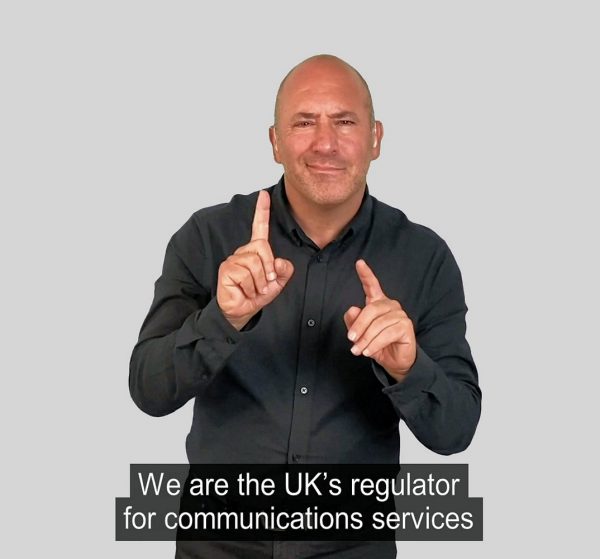
Ofcom has today finalised their decision to force all UK broadband and phone providers – oddly including those that may not even deliver phone services – to offer a free (inc. zero-rated data usage), 24/7 video relay service for British Sign Language (BSL) users to contact the emergency services, via a dedicated mobile app and website.
The changes, which were first proposed back in 2019, are designed to ensure that disabled people (particularly deaf users) can access the communications services they need in an emergency (i.e. the principle that disabled people should have equivalent access to emergency communications).
Systems like this work by making it possible for deaf users to make a video call, via a connected device, to an interpreter in a call centre. The interpreter then translates what the deaf user is ‘signing’ into spoken English for the emergency services to hear, and then signs what the emergency services are saying back to the deaf end-user.
Advertisement
Overall, this would be a welcome improvement for those who need it, not least by making emergency communications faster and more accurate. In addition, people will not need to register to use the service. But at the same time, it clearly represents a significant shift for broadband providers, particularly smaller players and those that don’t currently provide phone services.
“[Existing] services rely on written English, which can lead to misunderstandings for British Sign Language (BSL) users in emergency situations. We want BSL users to have equivalent access to the emergency services with other people in the UK.
So, we are now requiring telephone and broadband companies to offer a free, 24/7 video relay service for BSL users to contact the emergency services, via a dedicated mobile app and website.
Enabling BSL users to use their first language will make it easier for them to get the help they need for them and others in emergencies. They will be better able to describe the nature of the emergency and understand potentially life-saving instructions from the emergency services.”
We should point out that the existing text relay and emergency SMS services are still important and will thus be retained alongside the new emergency video relay service. Under the new rules, telecoms firms can either deliver the service themselves or contract another organisation to do so, but it must be approved by Ofcom.
To be approved by Ofcom, an emergency video relay service will have to meet certain criteria, and the regulator has already started the process of identifying approved suppliers (BT seems likely to be one of the options as they already supply voice 999 call handling, text relay and emergency SMS at wholesale). Ofcom currently expects to grant approval to one or more services by January 2022.
On top of that, the dedicated app and website also need to be designed, and telecoms companies will then need time to contract with the provider of an approved service and prepare for implementation. As such the regulator has given providers until 17th June 2022 to introduce an emergency video relay service.
Advertisement
We should point out that most providers have supported these proposals and favour a wholesale model, although some concerns were raised about the extra cost and complexity involved for broadband providers. As ever the service might be promoted as “free” to end-users, but inevitably anything that carries an additional cost for the ISP will always work its way into the price we all pay.
Speaking of cost, Ofcom told us earlier this year that those ISPs taking a wholesale solution would probably only face a “nominal fee“, although it remains to be seen how that translates into reality.
Mark is a professional technology writer, IT consultant and computer engineer from Dorset (England), he also founded ISPreview in 1999 and enjoys analysing the latest telecoms and broadband developments. Find me on X (Twitter), Mastodon, Facebook, BlueSky, Threads.net and Linkedin.
« Rupert Murdoch’s News UK Sniffs Possible BT TV Partnership UPDATE
Openreach Appoint CommScope to Help FTTP Broadband Rollout »






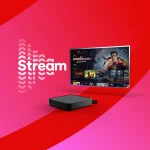
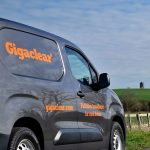

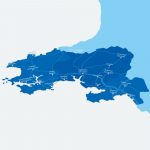

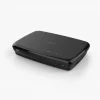



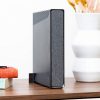






































Can’t see why this can’t be a single national service then require ISP’s to zero rate it (If they have quotas/data limits) and QOS the traffic if their network is capable of doing so.
Worried this approach will just lead to a fragmented mess of different Apps/Addresses depending on which provider you are on.
Good about bloody time!
Wouldn’t it be easier to just have dedicated number for each service 999 followed by 1/2/3 for disabled people only?
Surely getting video calling to the emergency services working for all users via a ubiquitous (non operator specific) ‘999’ app would be a better first step for the regulator to mandate? BSL calls could then be an upfront option / call transfer handled by the 999 operator… Downside for Ofcom is that this is not self-funding (no call charges for IP traffic), but seems eminently more sensible than moving towards a fragmented 999 service.
Have to admit, I can’t really imagine the wholesale model will be a “nominal fee” – or at least it will not be “nominal” to the multitude of small/micro ISPs (and indeed VoIP providers) out there. It would not surprise me at all to see the cost somewhere north of £2.00 a minute – and potentially with a minimum monthly fee on top.
Of course, as long as it is a rare event, then £2.00 a minute is fine (would be for us, anyway) and would be well worth it if the solution provides the high level of service the users need/deserve.
“The service provider must do the following:
a) Make provision for End-Users to access the Emergency Video Relay Service via a
dedicated app and a dedicated website, free of charge.”
Whether its one provider or multiple EVRS providers I would have hoped that there was more specific specification, end devices, 24/7 resilience etc so that if a BSL user invested in particular technology and became used to it that they can still move between ISPs without significant impact. Particularly this is an emergency service, likely to be rarely used, it will be important that it is familiar and can be accessed immediately.
Wouldn’t a centralised system work better? Something along the lines of a care alarm, the customer presses a button, system kicks in and connects to a local, regional or a centralised call centre, and they then tie in to the 999 systems, directing the required services wherever it’s needed in the country.
Have it as an app, with the option of a video call phone in the home.
If they press the button or activate the app but don’t respond or can’t be seen, first call out is an ambulance. (GPS data from the phone/tablet will help too).
People will worry about a false alarm, but these will be very few and far between.
I assume the B-USO will be amended to now support Video Calling, not just ‘voice’ as is currently specified.
Not sure how well a video call would work with 1Mb of upload, especially given (I imagine) BSL requires a relatively high resolution to be clearly interpreted.
If they use a modern video codec then you can fit an HD quality stream into 1Mbps or even 0.5Mbps.